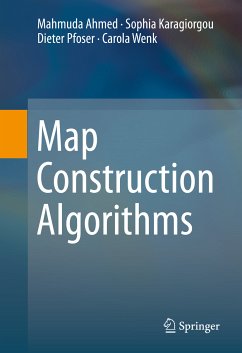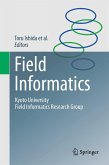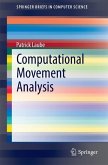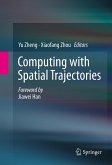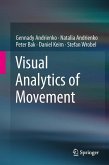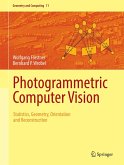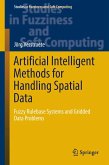The book provides an overview of the state-of-the-art of map construction algorithms, which use tracking data in the form of trajectories to generate vector maps. The most common trajectory type is GPS-based trajectories. It introduces three emerging algorithmic categories, outlines their general algorithmic ideas, and discusses three representative algorithms in greater detail.
To quantify map construction algorithms, the authors include specific datasets and evaluation measures. The datasets, source code of map construction algorithms and evaluation measures are publicly available on http://www.mapconstruction.org. The web site serves as a repository for map construction data and algorithms and researchers can contribute by uploading their own code and benchmark data.
Map Construction Algorithms is an excellent resource for professionals working in computational geometry, spatial databases, and GIS. Advanced-level students studying computer science, geography and mathematics will also find this book a useful tool.
Dieser Download kann aus rechtlichen Gründen nur mit Rechnungsadresse in A, B, BG, CY, CZ, D, DK, EW, E, FIN, F, GR, HR, H, IRL, I, LT, L, LR, M, NL, PL, P, R, S, SLO, SK ausgeliefert werden.
"This book gives a state-of-the-art survey on constructing road maps from data acquired by tracking vehicles. ... The book is very nicely written. It is the only survey on map construction algorithms I am aware of and, thus, it is of high value to both practitioners and to students and researchers who are interested in this field." (Rolf Klein, zbMATH 1344.68002, 2016)
Es gelten unsere Allgemeinen Geschäftsbedingungen: www.buecher.de/agb
Impressum
www.buecher.de ist ein Internetauftritt der buecher.de internetstores GmbH
Geschäftsführung: Monica Sawhney | Roland Kölbl | Günter Hilger
Sitz der Gesellschaft: Batheyer Straße 115 - 117, 58099 Hagen
Postanschrift: Bürgermeister-Wegele-Str. 12, 86167 Augsburg
Amtsgericht Hagen HRB 13257
Steuernummer: 321/5800/1497
USt-IdNr: DE450055826
Bitte wählen Sie Ihr Anliegen aus.
Rechnungen
Retourenschein anfordern
Bestellstatus
Storno

